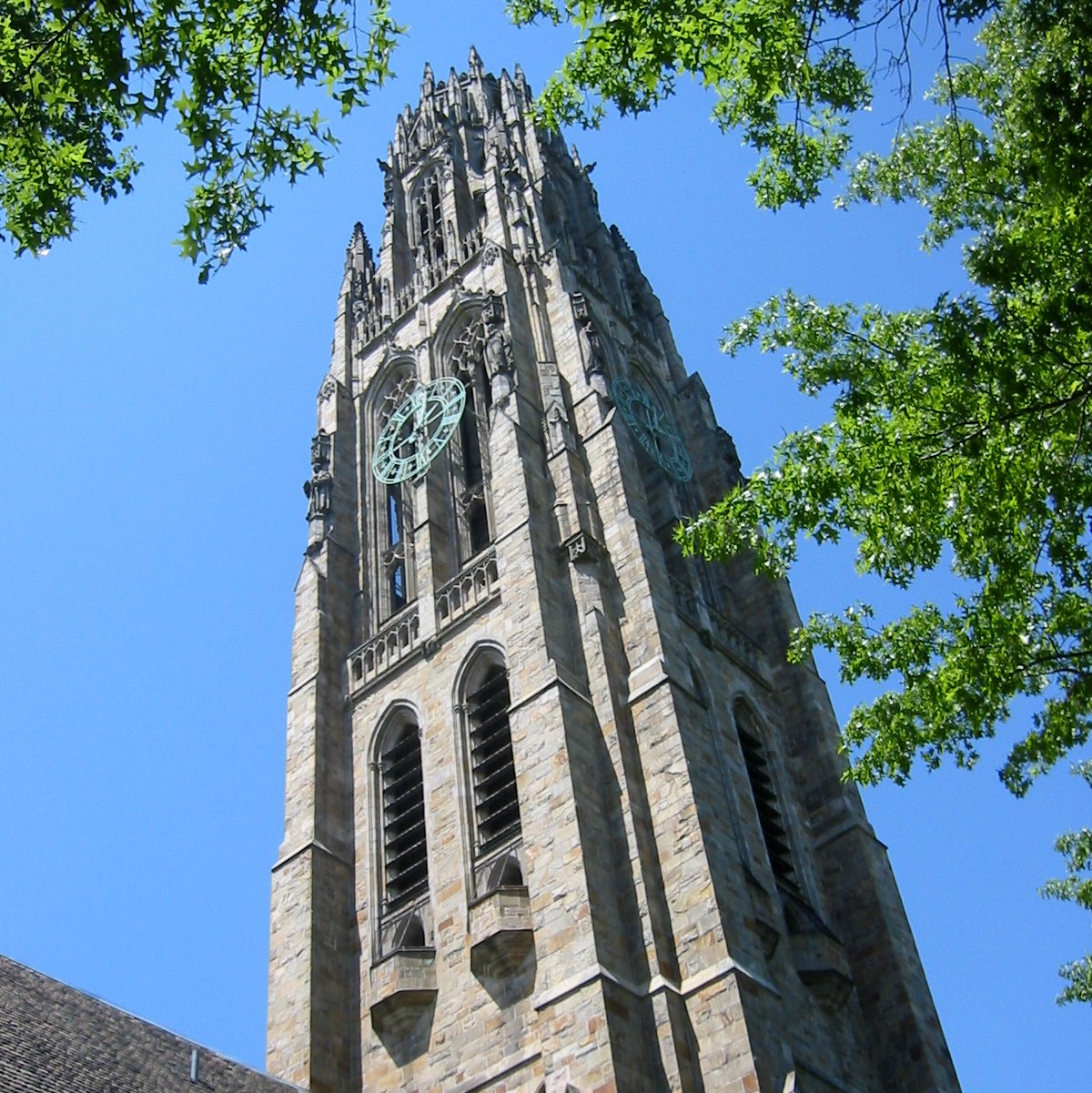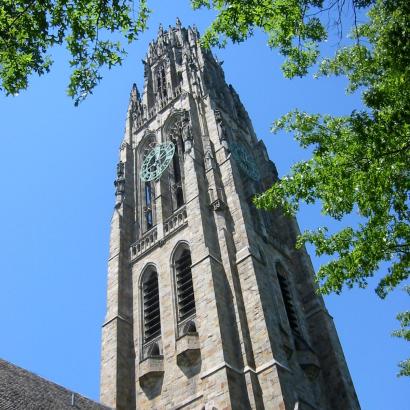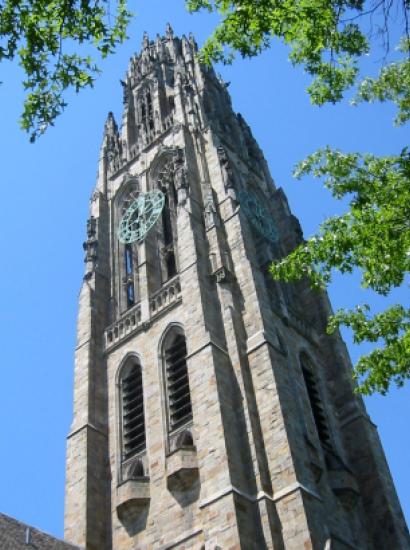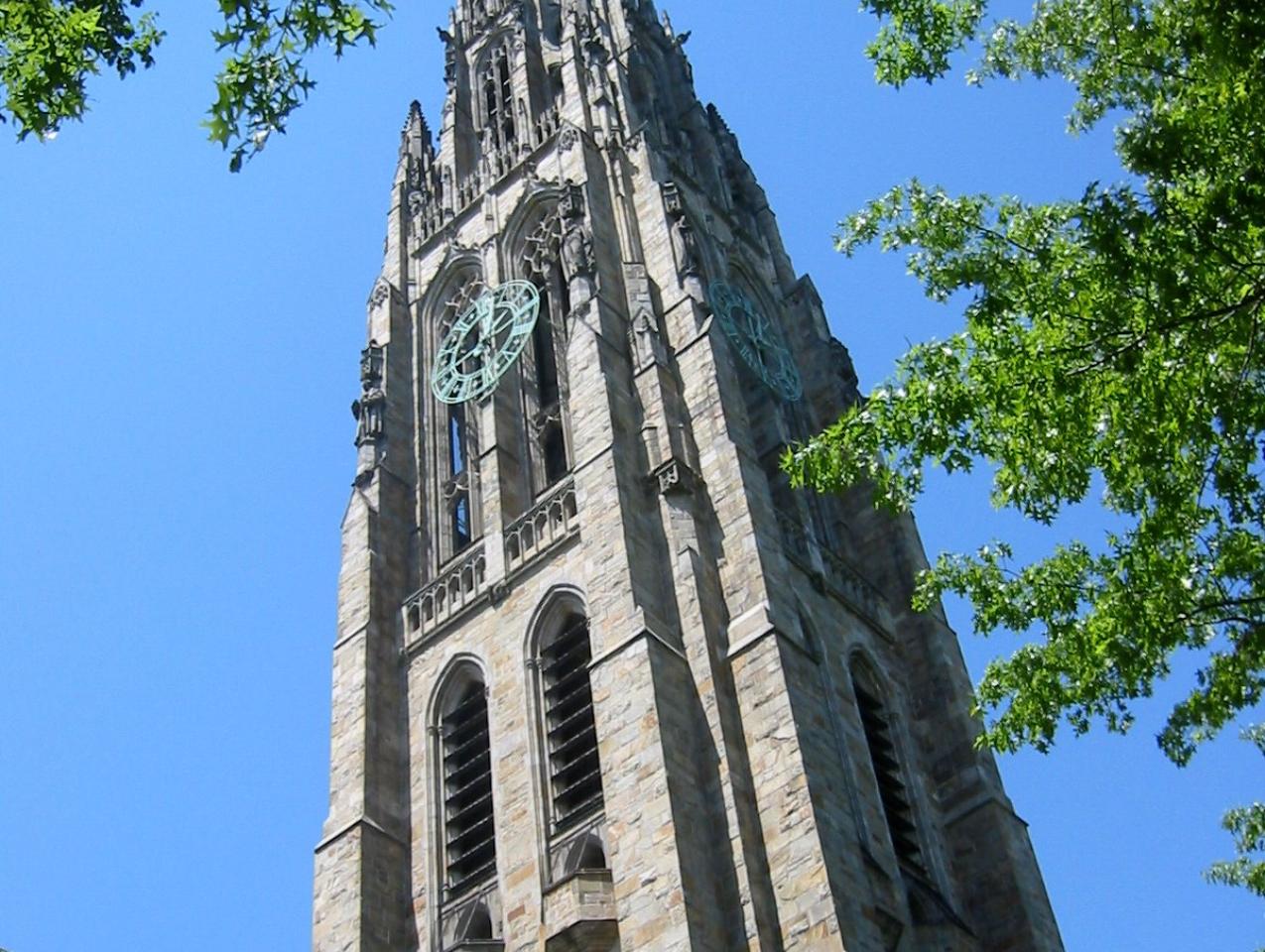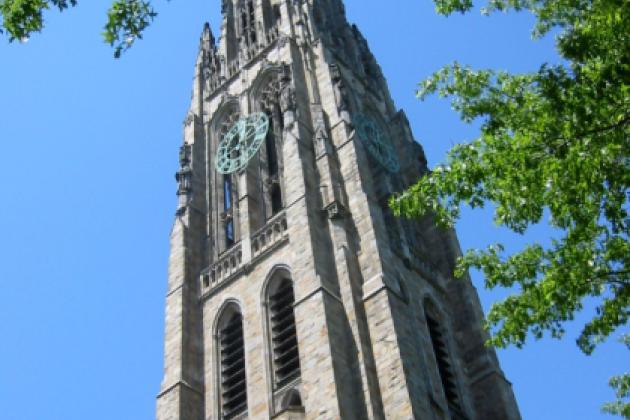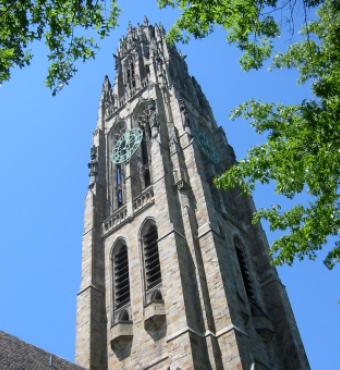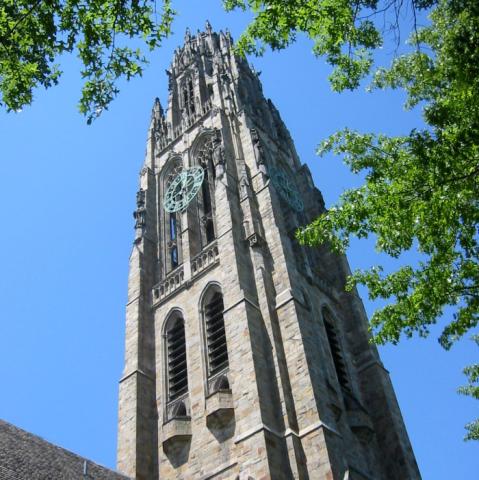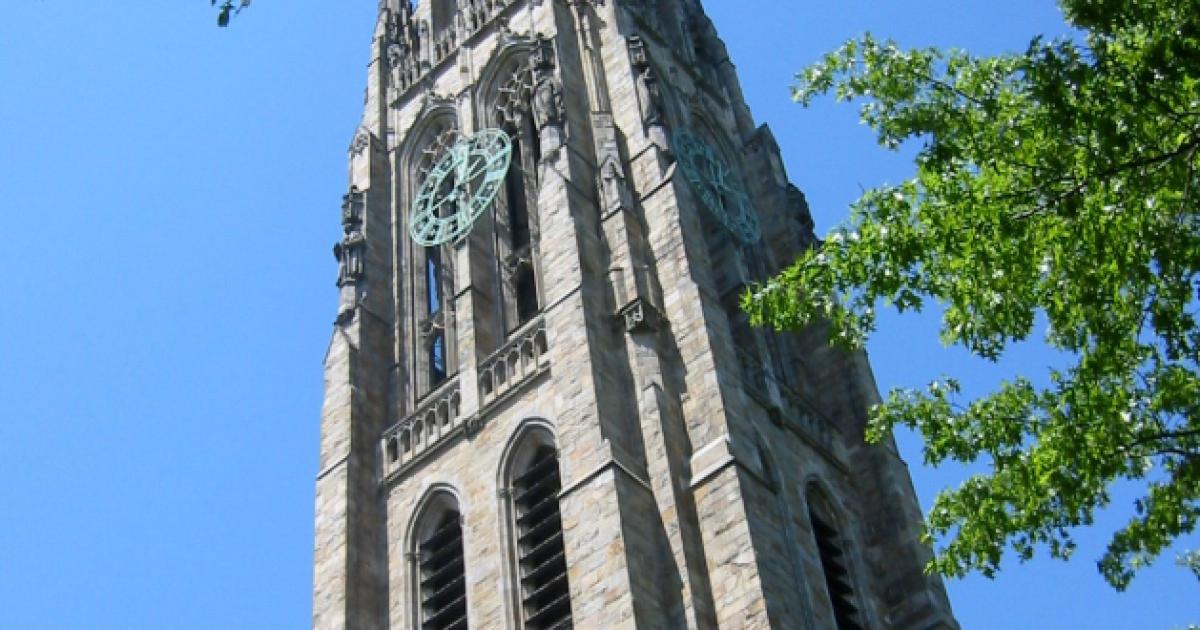When Barack Obama was elected President in 2008, my many progressive friends frequently reassured me that his presidency would mark a transformation of race relations in the United States. That prediction has proved half true. Things have surely changed in the last seven years—but for the worse. Racial tension and discord has gone way up, resentments have increased, and the levels of violence, confrontation, incivility, and ill-will have risen, taking an immense toll on our political and social institutions. Throughout all of this turmoil, the President has largely remained aloof, even though strong leadership is urgently needed to stand up against the radicals attacking our social institutions.
Yet another example of how not to handle race relations came recently from Yale University, where I attended law school some fifty years ago in another period of national racial tension and unrest. The incidents surrounding the wearing of Halloween costumes at Yale has been well critiqued, but needs to be set into a larger perspective.
The incident began with an email from Yale’s Intercultural Affairs Committee, which advised students to be aware of the risk of “cultural appropriation and misrepresentation” by such acts as “wearing feathered headdresses, turbans, wearing ‘war paint’ or modifying skin tone or wearing blackface or redface.” The letter goes on to pay lip service to freedom of speech even as it decries these various forms of social insensitivity. A letter of this sort from an official body carries more than a hint of official disapproval of actions that do not toe the line.
That letter in turn provoked a thoughtful response from Erika Christakis, the associate master of Silliman College: “I wonder,” she wrote, “if we should reflect more transparently, as a community, on the consequences of an institutional (which is to say: bureaucratic and administrative) exercise of implied control over college students.” She goes on: “As a former preschool teacher, for example, it is hard for me to give credence to a claim that there is something objectionably ‘appropriative’ about a blonde-haired child’s wanting to be Mulan for a day. Pretend play is the foundation of most cognitive tasks, and it seems to me that we want to be in the business of encouraging the exercise of imagination, not constraining it.”
Her e-mail provoked a fierce reaction on campus by some students. At least one Yale student cursed out her husband, Professor Nicholas Christakis, the Master of Silliman College, for his wife’s temerity to challenge the received wisdom. Colleges, we are now told, are to be “safe spaces” for students who are keenly aware of “microaggressions” and other perceived slights against their personal identities. This, too, was the argument the Yale student bombastically made to Christakis. Students like her want universities to protect them from any unpleasant thought or idea that may upset them. They of course can lash out against others from their “safe spaces,” but everyone else must back-pedal or face the consequences.
This approach is ruinous to the intellectual and moral development of students, and leaves them ill-prepared for life’s challenges. If only on educational grounds, it is critical to rise up and challenge these students by insisting that the exchange of views, often hostile and disagreeable, is essential for the cultural and intellectual health of a university. It was just this position that my University of Chicago colleague, Professor Geoffrey Stone, took in his recent post on free speech at Mizzou and Yale, which cited the balanced and nuanced report of the University of Chicago’s Committee on Freedom of Expression. The report noted that “the principle of complete freedom of speech on all subjects has from the beginning been regarded as fundamental in the University of Chicago.”
Unfortunately, Yale University President Peter Salovey does not share this belief in the importance of freedom of expression. In his message to the Yale community responding to the Christakis affair, he claimed that Yale had somehow failed and that “we must act to create at Yale greater inclusion, healing, mutual respect, and understanding.” Further, “Yale must be a place where each person is valued automatically, without having to demand or labor for that recognition.” So much for the idea that respect must be earned. At the end of his politically correct tribute to sensitivity and inclusion, Salovey tipped his hat to free speech, writing, “Our community also shares a commitment to free expression and an open exchange of ideas free from intimidation.” The “also” says it all.
There are two major problems with his announcement. The first has to do with the issue of freedom of speech. The second concerns the moral leadership needed in times of racial tension. It is clear that the First Amendment guarantee of the freedom of speech does not apply to Yale, which is a private institution. With respect to speech, Yale can adopt whatever rules it wants concerning the use of offensive and inappropriate language spoken on its campus. But its ostensible commitment to freedom of speech places sharp limitations on the restrictions that it ought to impose if it is to be true to its own ideals.
In a famous free speech case arising from the civil rights movement in Birmingham, Alabama in the 1960s, New York Times v. Sullivan, the late Justice William J. Brennan wrote that “we consider this case against the background of a profound national commitment to the principle that debate on public issues should be uninhibited, robust, and wide-open, and that it may well include vehement, caustic, and sometimes unpleasantly sharp attacks on government and public officials.” And further, “the constitutional protection does not turn upon the truth, popularity, or social utility of the ideas and beliefs which are offered.”
It is just that toughness of mind that should prevail at universities. New York Times v. Sullivan involved a defamation case brought by a public official against a media defendant, but the general notion that free speech involves the right to say remarks that others find deeply offensive is much engrained in the law. That impulse undergirds, for example, the constitutional protection afforded for the desecration of the American flag for political purposes. As Justice Brennan also wrote in the 1989 case of Texas v. Johnson, “If there is a bedrock principle underlying the First Amendment, it is that the government may not prohibit the expression of an idea simply because society finds the idea itself offensive or disagreeable.”
There is good logic behind this decision. Let us start from the willingness to accept the famous harm principle of John Stuart Mill: “The only purpose for which power can be rightfully exercised over any member of a civilized community, against his will, is to prevent harm to others.” The soundness of that principle depends critically on its definition of harm. Thus that principle properly applies to any use or threat of force by one person against another, for to allow those kinds of behavior is to risk wholesale social disorder. It applies as well to the use of fraud in ordinary human affairs, which, if left unchecked, could undermine much voluntary cooperation. Guarding against these two forms of harm ensures that the state power is used to back improvements in social welfare. Thus, when the state gives either private remedies or public sanctions against these behaviors, the rectification of wrongs between two private parties is aligned with overall social welfare.
The key calculations turn radically when harm is said to include offense at what other people say and do. Now, two undesirable consequences unfold. First, people have a strong incentive to become indignant and outraged at activities and ideas that they do not like. Shrug off the offending thought, and you have no rights. Rise up in righteous wrath, and you can demand that the state intervene to vindicate your interests in domestic tranquility. Unfortunately, offense and outrage is a game that anyone can play; in the end, the proliferation of claims forces the state to do one of two things. Either honor them all, at which point we turn into a police state, or honor only some of those claims, at which point the government picks sides in the war of ideas.
The second great defect of the offense principle follows from its selective application. The term “microaggression” is relevant here. Now the need to ramp up indignation is tempered, for in its place some people can veto the actions and thoughts of others simply by announcing their own offense. But these same people will insist that the notion cannot be universalized, so once again the government gets involved in making the application of the law turn on the identity of the speaker—a content-rich standard that opens the door to political favoritism and abuse.
In response, it can and should be noted that the university is not the state, so it can have rules about decorum and civility that the state cannot impose. After all, students and faculty who do not like what is done can transfer. The point here is that intermediate institutions should have greater power to regulate speech and other forms of behavior on campus because their ultimate penalty is only expulsion, not tort liability or criminal sanctions. They are, moreover, limited by the knowledge that their internal excesses can cost them the respect and financial support of their key constituencies.
Unfortunately, universities can also lose their souls. It is here where the Salovey statement falls so short. At no point in his letter does he stand proud for Yale’s accomplishments in academic research and social life. At no point does he condemn students for heaping abuse on Christakis, whom Salovey should praise for his fortitude and judgment in the face of senseless provocation. And most regrettably, his words seem to signal his acceptance of the grave and groundless charge that Yale—Yale!—has somehow failed its students and is guilty of some insidious form of institutional racism.
As an alumnus of Yale, I want its president to resist with all of the words at his command the groundless charges brought against it by righteous students and commentators. But Salovey unfortunately lacks the courage to tell the critics that their indictment of the university is deeply flawed. By assuming a position of weakness, Yale is inviting its harshest critics, both inside and outside the school, to tee off against faculty and students with whom they disagree. The only way to get responsible discourse is to stand up for what you hold dear in the face of reckless charges. There is a desperate need for reconciliation at Yale, but the institution can only begin to heal if its critics face the same relentless scrutiny that they heap on the university.
Sadly, these issues go beyond Yale. There’s a similar story to tell about Ferguson. Though an official report of the Department of Justice fully exonerated officer Darren Wilson for his use of force against Michael Brown, the Obama administration issued a second report that excoriated the Ferguson Police Department on other matters, which obscured the central message of the first report. The problem at Yale and in the Obama administration is that our national and university leaders refuse to defend their institutions, even when those institutions have worked well. It takes years to build up public and private institutions of excellence. It takes shockingly little time to rip them down.







